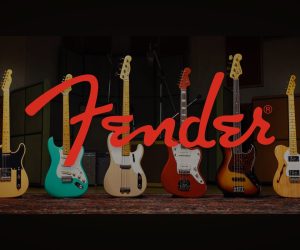
Top 5: RMV Recording Studio
Benny Andersson’s Stockholm studio has been a well-appointed hideaway for ABBA and other recording artists over the decades. We talk to studio manager, Linn Fijal, about her Top 5 picks.
Located on Skeppsholmen, one of Stockholm’s many islands, is RMV recording studio (Riksmixningsverket in Swedish), owned by ABBA’s Benny Andersson. Housed in a charming red-brick building overlooking a picturesque seaside landscape, RMV sits near a similar structure that houses Andersson’s record label and mixing suite, Mono Music.
“Though it’s kind of a secret location, it’s still very central to everything,” says Linn Fijal, RMV’s studio manager and house engineer. “I like that because it feels like being in the countryside, yet it’s right in the heart of Stockholm.”
Over the years, RMV has welcomed an impressive roster of artists, ranging from Cat Stevens and Celine Dion to The Hives, Coldplay, and Swedish Eurovision winner Loreen, to name just a few.
Inside, the studio features a control room and a spacious live room with soaring ceilings—large enough to accommodate an orchestra—along with four adjoining isolation booths. RMV opened its doors in 2011, with its first recording session featuring the Benny Andersson Orkester.
During a recent trip to Sweden, I had the chance to visit RMV and get a closer look at its operations. Studio manager Linn Fijal graciously walked me through some of the studio’s unique recording gear. While I was there, workmen were in the early stages of building a mastering suite on the upper floor, which the studio plans to launch in 2025.





























RESPONSES